Learn how the modern carbon neutral photo studio 2026 model works—from energy-saving lights to reusable materials and circular workflows.
What Carbon Neutral Photo Studios Mean in 2026
This section explains the current meaning, standards, and certifications defining carbon neutrality in modern photography studios.
By 2026, a carbon neutral photo studio means more than offsetting emissions. Studios track every kilowatt-hour, every shipment, every pixel rendered. Updated frameworks like ISO 14068 and advanced carbon accounting software set the baseline for authenticity.

Studios achieving zero emissions do so by balancing consumption with renewables, making smart upgrades, and shifting to digital-first workflows. Accreditation programs like Greener Studio Certified or NetZero Visuals verify claims through annual audits.
Checklist for authenticity
- ☐ Assess your studio’s energy sources.
- ☐ Track and report carbon emissions.
- ☐ Use certified offset programs only when absolutely necessary.
One great example: a small portrait studio in Amsterdam achieved neutrality by switching to a renewable energy provider and replacing old halogen lights with smart adaptive LEDs. Their carbon report dropped from 2.6 tons to near zero in less than a year.
Core Technologies Powering Green Studios in 2026
Here you’ll see how lighting systems, renewable power, and recycled gear make carbon neutrality achievable.
Lighting drives a studio’s footprint. By 2026, adaptive LED panels adjust in microseconds to ambient light, saving up to 60% energy compared to 2020-era fixtures. Integrating solar panels directly onto studio roofs or portable battery arrays allows fully off-grid sessions.

Energy management software meters every device, shifting power loads in real time to prioritize renewable supply. Studios also rely on refurbished digital cameras and reused camera lenses, extending equipment life while retaining pro-level performance.
Checklist for greener gear
- ☐ Replace halogen lights with LED or smart adaptive lights.
- ☐ Monitor energy use with connected meters.
- ☐ Source refurbished or second-hand equipment from verified suppliers.
Fashion photographer Tessa Miron revamped her studio with solar-assisted lights and reclaimed cameras from vintage collections. Her energy dashboard shows 85% renewable usage each month, without compromising her signature aesthetic.
Pros
- Reduced operating costs over time.
- Lower heat output, enhancing comfort.
- Supports circular economy goals.
Cons
- Higher upfront investment for lighting control systems.
- Requires periodic calibration for color accuracy.
Emission Reduction Workflows and Everyday Practices
Discover how modern studios minimize waste and travel using efficient, digital-first workflows.

Studios now operate primarily in cloud ecosystems powered by renewable data centers. Photo selection, color grading, and proofing happen remotely to save travel emissions. Many creative teams use AI-driven scheduling to align energy peaks with solar production.
Checklist for sustainable workflow
- ☐ Switch to cloud-based editing or local servers powered by renewables.
- ☐ Opt for reusable sets and backdrops.
- ☐ Track energy performance monthly.
One production house cut emissions by 40% after replacing paper-based proofs with virtual galleries and reusing modular props between shoots. Their clients loved the efficiency, and shoots became smoother and faster to reset.
Pros
- Fewer material costs and less waste.
- Remote collaboration expands client base globally.
- Real-time data allows precise energy tracking.
Cons
- Requires strong digital infrastructure.
- Less tactile experience during previews for traditional clients.
How to Run Your Own Carbon Neutral Studio
This section offers actionable steps to build or retrofit your studio to net zero by 2026 standards.

- Conduct a detailed sustainability audit.
- Identify high-consumption devices and plan replacements.
- Integrate local renewable energy or join a green power program.
- Use recycled furniture and acoustic materials.
- Train staff on sustainable practices and report annually.
Videographer Ruben Li transformed a garage into a stylish, carbon neutral film space using repainted walls, reused LEDs, and restored tripods. His use of eco-friendly photography accessories cemented a unique retro-futurist aesthetic with minimal footprint.
| Name | Best for | Key Spec | Look/Result | Latitude/Usability | Notes |
|---|---|---|---|---|---|
| Hybrid Digital + Vintage | Editorial shoots | Eco CMOS sensor | Balanced warmth and detail | High | Ideal bridge for sustainable workflows. |
| Purist 35mm Refurbished | Analog enthusiasts | Manual ISO control | Classic grain & tone | Medium | Best when paired with recycled film stock. |
| Compact Rangefinder | Travel shooters | Solar-assisted charge | Natural highlights | High | Lightweight and zero-plug operation. |
Quick Decision
- Choose Hybrid Digital + Vintage for balanced output with sustainability.
- Pick Purist 35mm Refurbished if you value tactile creation and reuse.
- Opt for Compact Rangefinder for portable, solar-ready sessions.
What’s Next: The Future of Sustainable Studios
Here we forecast the trends shaping greener studios beyond 2026 and how photographers can stay ahead.
Artificial intelligence will continue optimizing energy performance across camera fleets. Smart studio architecture—walls embedded with phase-change materials—will stabilize temperature passively. Governments are likely to tighten emission reporting standards while offering creative grants for net-zero builds.
- ☐ Stay informed on changing energy regulations.
- ☐ Experiment with low-emission creative tools like e-ink reference monitors.
- ☐ Connect with peer-led sustainability benchmarks and networks.
Imagine walking into a studio that feels alive: panels respond to light, editing stations sync with green clouds, and every capture is carbon-free by design. That’s where sustainable photography is headed—creative, confident, and accountable.
Frequently Asked Questions
- How do carbon neutral photo studios operate in 2026?
- They run on renewable electricity, use efficient lighting and workflows, and actively track and offset any residual emissions to maintain net-zero impact.
- What equipment supports carbon neutral photography in 2026?
- Studios rely on LED lighting, refurbished cameras, modular lenses, and solar-integrated charging stations as standard practice.
- How can studios reduce emissions in 2026?
- By minimizing travel, reusing gear, and using automated systems powered by green energy for editing, rendering, and storage.
- Are carbon neutral photo studios cost-effective by 2026?
- Yes. Any higher initial cost is offset by energy savings, governmental incentives, and greater appeal to sustainability-minded clients.
- What’s the role of refurbished gear in carbon neutral setups?
- Each reused item avoids the emissions linked to new manufacturing, aligning with the circular economy and extending a product’s functional lifespan.
Ready to Shoot Sustainably?
Join the green photography movement—shop sustainable camera gear and start your path to net-zero photography today.
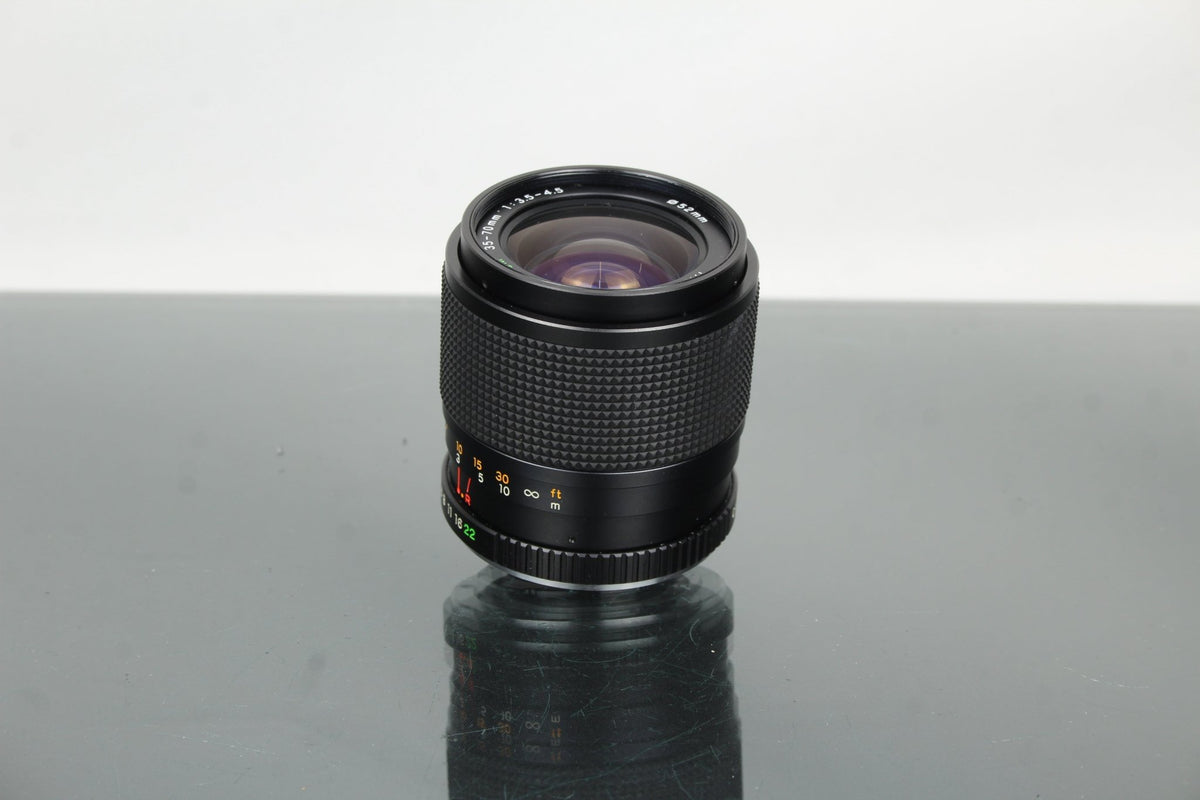
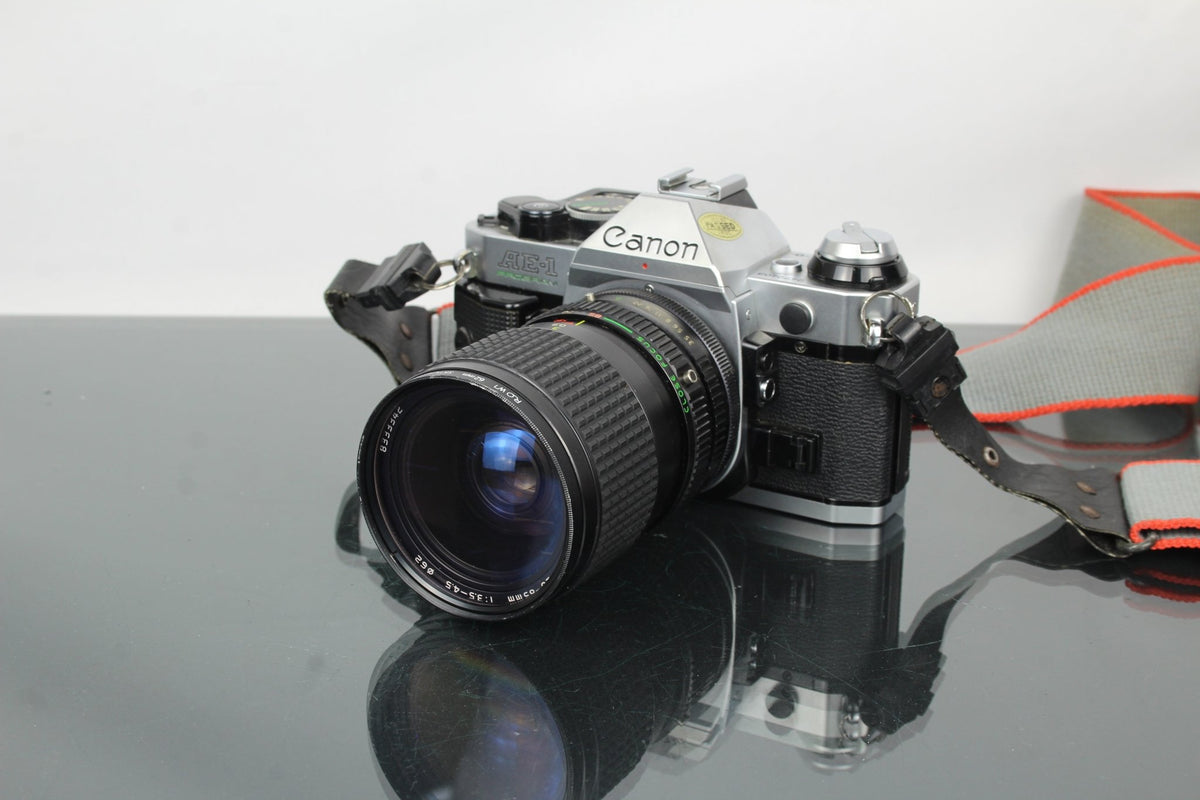
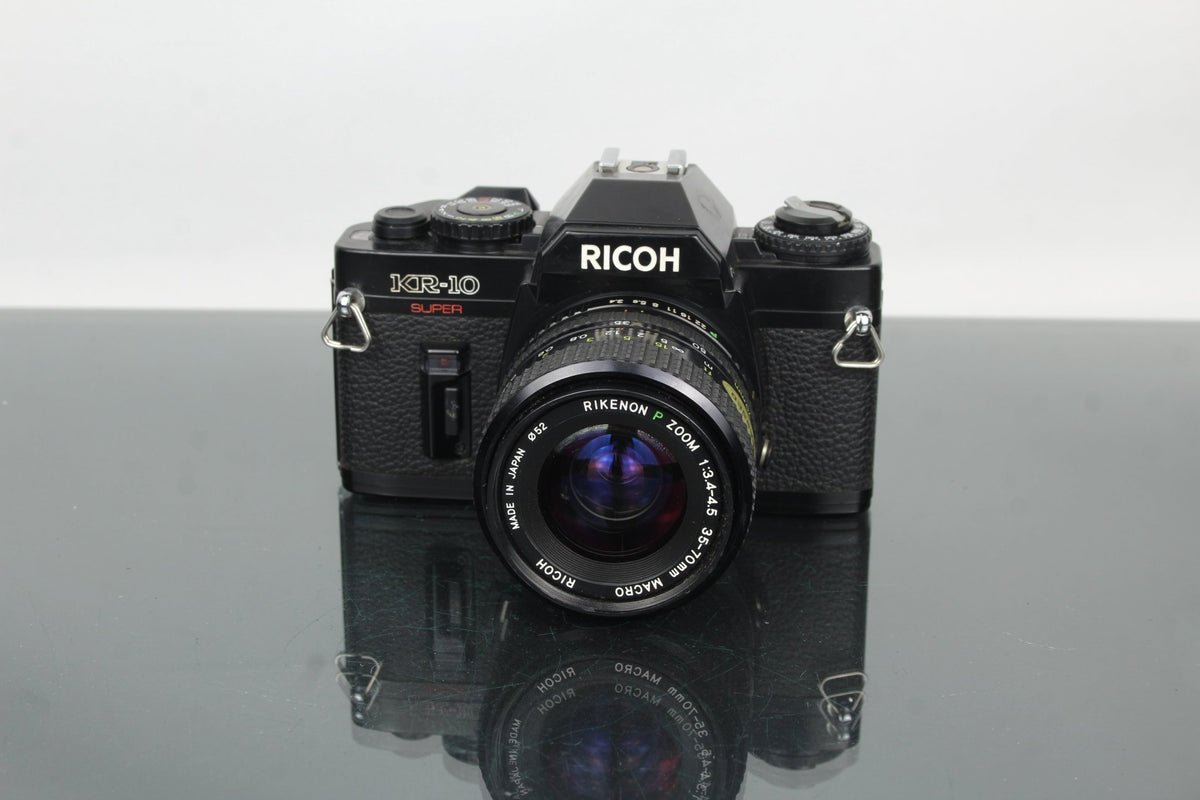
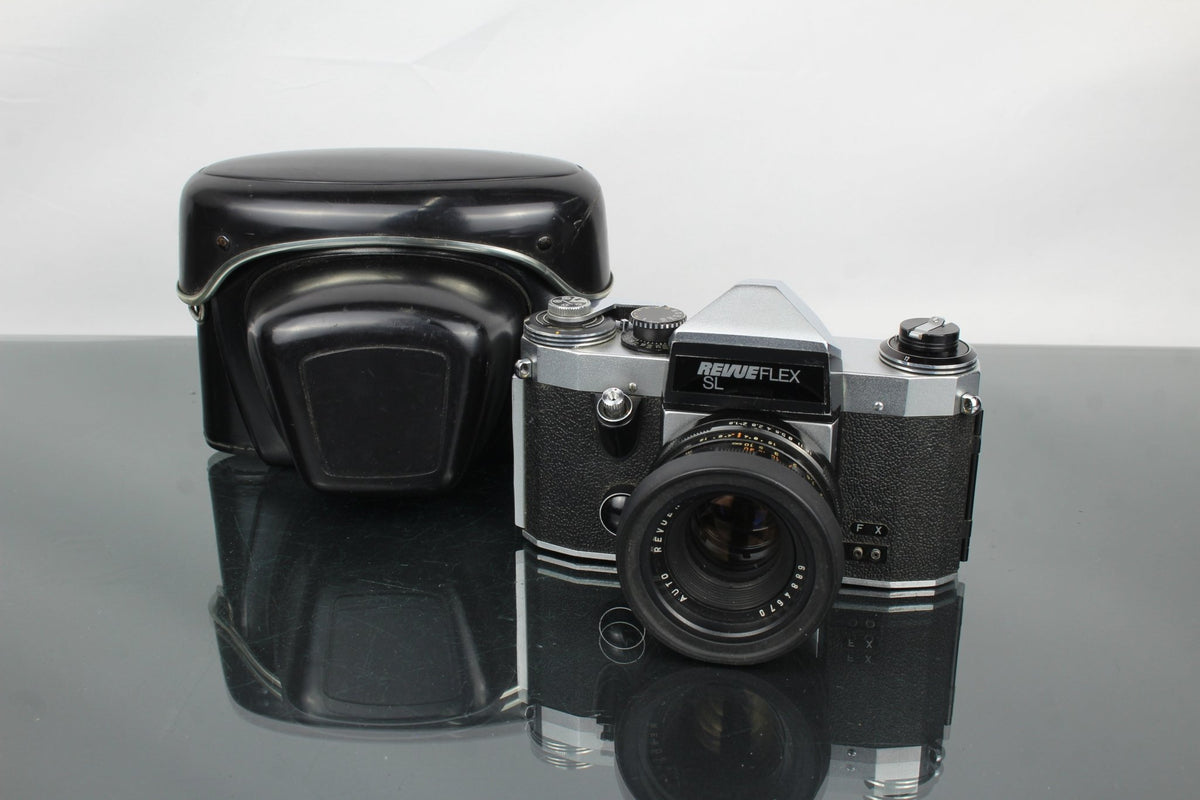





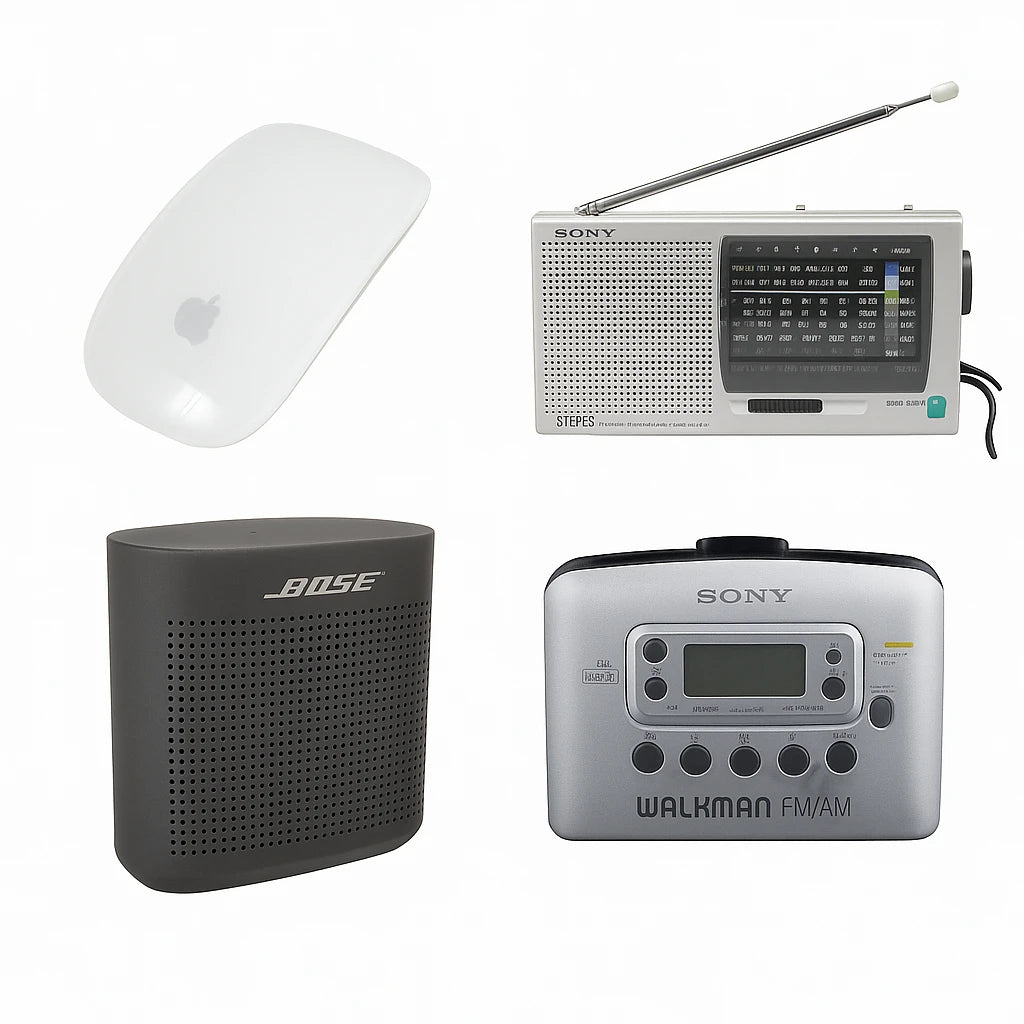
0 commentaire